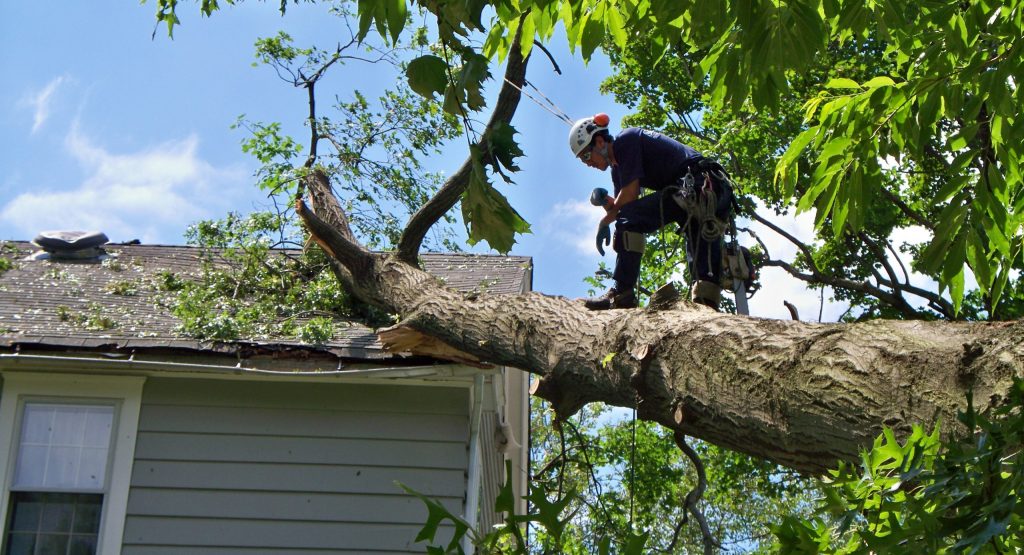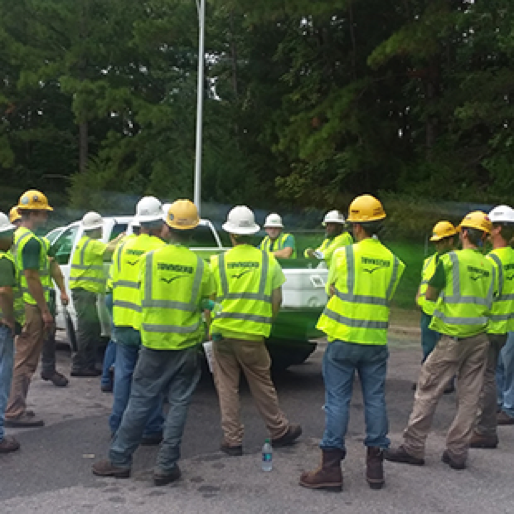Understanding the Relevance of Tree Conservation and Preservation Practices in Urban Locations
In the dynamic landscape of city settings, trees frequently stand as quiet guardians, offering a plethora of advantages that extend far past their visual allure. Comprehending the significance of tree preservation and conservation techniques in these locations is not simply an ecological consideration yet an alternative method to promoting durable and sustainable areas. As we check out the interwoven textile of environmental, social, and financial advantages that city trees use, it becomes noticeable that their conservation is pivotal for the wellness of future and existing generations. Allow us embark on a trip to uncover the essential duty that trees play fit the city landscapes of tomorrow.
Ecological Advantages of Trees in Cities
Trees in urban locations play an essential duty in offering different environmental benefits, adding to the general wellness of city residents. One considerable advantage is the improvement of air quality. Trees serve as all-natural filters, soaking up toxins such as carbon monoxide, sulfur dioxide, and nitrogen dioxide, and launching oxygen into the atmosphere. This process helps in reducing the focus of damaging gases, making the air cleanser and much healthier for residents.

Moreover, trees add to water management by lowering stormwater overflow and dirt disintegration. Their origin systems take in excess water, avoiding flooding and filtering toxins prior to they reach water bodies. This all-natural procedure assists preserve water quality and shields aquatic communities in city areas. Overall, the ecological benefits of trees in cities are necessary for creating comfortable and sustainable city atmospheres.
Social Importance of Urban Tree Conservation
In contemporary urban landscapes, the conservation of trees holds significant social value for fostering community wellness and improving lifestyle. Urban tree conservation plays a crucial function in producing areas for social interaction and neighborhood interaction. Trees supply event locations for people, such as parks and eco-friendly areas, where communities can collaborate for leisure activities, social events, and leisurely strolls. The existence of trees in city settings has been connected to decreased levels of tension, enhanced mental health, and increased sensations of health amongst citizens. Furthermore, trees contribute to the aesthetics of areas, developing aesthetically appealing surroundings that boost the overall livability of urban locations.

Economic Worth of Tree Preservation
The preservation and preservation of metropolitan trees provide substantial financial advantages that add to the total financial wellness of areas and cities. Urban trees supply a variety of financial benefits that positively influence local economic climates. One significant economic advantage of tree preservation is the increase in home values. Trees improve the visual appeal of communities, leading to greater property values and bring in potential customers or occupants. Metropolitan trees help minimize power costs by offering color in the summer season and acting as windbreaks in the wintertime, thereby decreasing the need for home heating and cooling systems.
In addition, trees play a crucial role in lowering stormwater overflow and mitigating the impacts of flooding, which can result in expense financial savings for cities in regards to infrastructure repair and maintenance. Urban trees additionally add to boosted air top quality by launching and taking in pollutants oxygen, causing prospective cost savings in medical care costs linked with breathing illnesses. By acknowledging and investing in the economic value of tree preservation, cities can promote sustainable advancement, improve lifestyle, and develop even more resilient metropolitan settings.
Methods for Sustainable Urban Tree Administration
A comprehensive approach to sustainable city tree management entails incorporating diverse strategies that focus on lasting ecological health and wellness and neighborhood wellness. Applying tree inventories and analyses is vital to comprehend city tree populations, their health and wellness, and upkeep requirements.
Community interaction plays a pivotal role in sustainable metropolitan tree administration. Educating locals concerning the benefits of trees, organizing tree planting occasions, and involving volunteers in tree treatment activities promotes a feeling of ownership and stewardship. Partnership in between local government, ecological organizations, and citizens check here is essential to establishing and executing reliable tree administration plans.
Buying eco-friendly framework, such as city forests and green roofing systems, can provide numerous advantages, consisting of boosted air top quality, stormwater administration, and city warmth island mitigation. tree visit the site removal. Integrating trees right into urban preparation and design processes guarantees that trees are valued as essential elements of a durable and healthy and balanced metropolitan setting
Area Participation in Tree Conservation
Community involvement is a basic component in promoting sustainable urban tree administration techniques and making certain the long-lasting health and wellness and conservation of city tree populations. Engaging the neighborhood in tree preservation efforts can bring about enhanced awareness, gratitude, and stewardship of trees within urban locations. When homeowners actively join tree preservation, upkeep, and planting initiatives, they develop a sense of ownership and satisfaction in their neighborhood atmosphere.
Neighborhood participation additionally advertises social cohesion and cooperation among residents, regional authorities, and ecological companies, fostering a shared obligation for urban tree conservation. By organizing tree growing events, educational workshops, and volunteer chances, neighborhoods can collaborate to enhance the urban tree canopy and create greener, much healthier cities. Involving locals in decision-making processes regarding tree management makes certain that varied viewpoints and regional expertise are taken into consideration, leading to a lot more lasting and reliable preservation methods. Eventually, community involvement plays an important function in building durable and thriving city woodlands for future generations to enjoy.
Verdict
To conclude, metropolitan tree preservation and preservation practices play an essential duty in boosting the ecological, social, and economic well-being of cities. By identifying the worth of trees in city you could try this out areas and applying lasting management methods, neighborhoods can appreciate the various benefits that trees supply. It is crucial for stakeholders to proactively take part in tree conservation initiatives to guarantee a greener and much healthier city environment for current and future generations.
